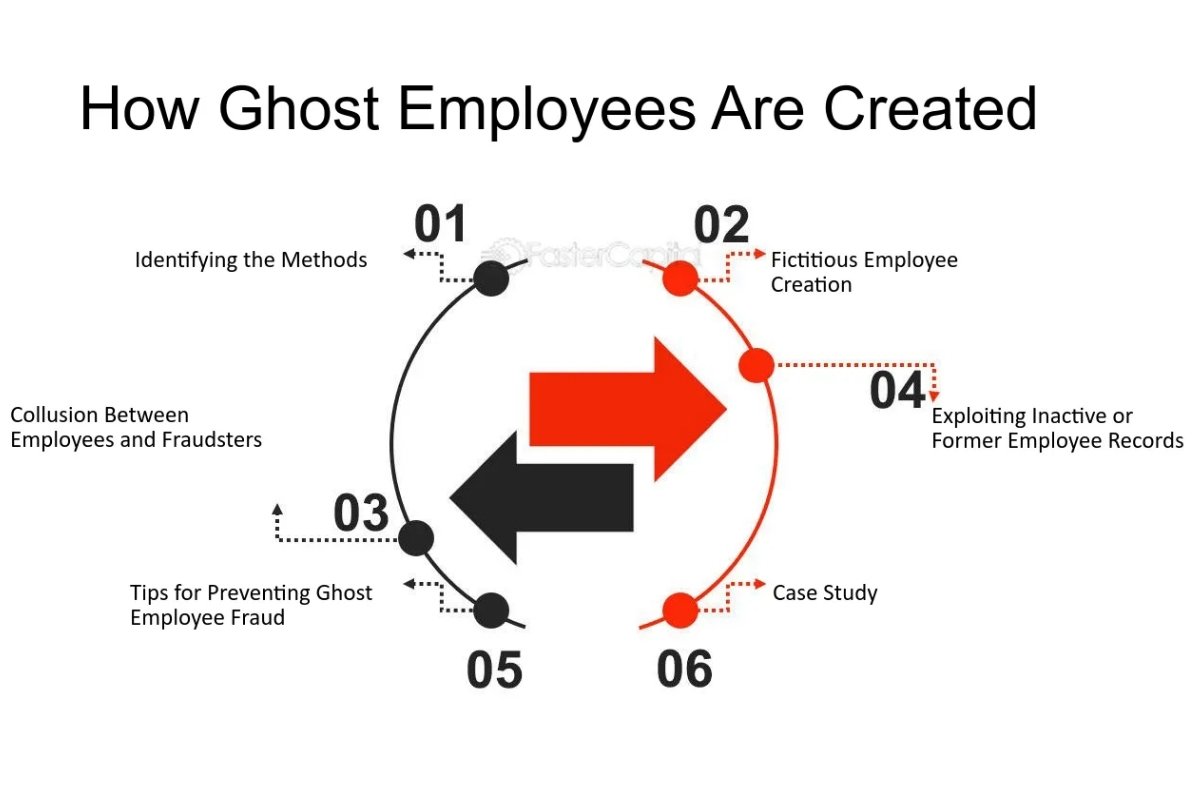The rise of remote work has brought numerous benefits, such as increased flexibility and access to a global talent pool. However, it has also given birth to a hidden phenomenon: the existence of ghost employees. These individuals—or in some cases, fake identities—are reshaping the landscape of remote work, often in unexpected ways. But who exactly are ghost employees, and how are they impacting businesses and the workforce?
1. What Are Ghost Employees?
Ghost employees generally fall into three main categories:
- Fake Identities: These are completely fabricated personas created to collect salaries without real work being done.
- Overemployment Cases: Some professionals secretly hold multiple remote jobs, using different aliases or outsourcing work.
- AI-Generated or Automated Workers: With advancements in AI, some businesses unknowingly pay for tasks completed by AI rather than human workers.
This phenomenon is particularly prevalent in industries that rely heavily on digital collaboration, such as IT, customer service, and creative fields.
2. Why Ghost Employees Are on the Rise
Several factors contribute to the increase in ghost employees, including:
- The Shift to Remote Work: Less in-person oversight means more opportunities for deception.
- Global Hiring Complexities: Companies hiring internationally may struggle to verify identities and monitor productivity.
- Technological Advancements: The use of deepfake technology and AI tools makes it easier to create and maintain false identities.
- Outsourcing & Job Market Competition: Some employees delegate their tasks to subcontractors or AI while keeping full-time salaries.

3. The Impact of Ghost Employees on Businesses
While some ghost employees may not cause direct harm, their presence can have significant consequences:
- Financial Losses: Companies may unknowingly pay salaries for nonexistent or outsourced workers.
- Security Risks: Fake identities or automated tools can pose cybersecurity threats, risking sensitive company data.
- Decreased Productivity & Accountability: Without proper oversight, businesses may experience inefficiencies and reduced trust in remote work policies.
- Legal & Ethical Issues: Companies could face legal consequences if they unknowingly employ unauthorized or misrepresented workers.
4. How Companies Can Detect & Prevent Ghost Employees
Businesses can implement various strategies to combat this issue, including:
- Enhanced Identity Verification: Using biometrics, video verification, and multi-layered authentication to confirm employee identities.
- Performance Tracking Software: Monitoring task completion and engagement metrics to ensure genuine productivity.
- Regular Audits & Payroll Checks: Conducting routine reviews to detect anomalies in payroll and work logs.
- AI & Fraud Detection Tools: Leveraging AI to identify suspicious patterns in remote work behavior.
By implementing these measures, organizations can mitigate risks while maintaining a flexible and efficient remote work environment.

5. The Future of Remote Work and the Invisible Workforce
As remote work continues to evolve, companies will need to adapt to new challenges. The presence of ghost employees raises crucial questions about the future of workforce management:
- Will businesses move toward stricter verification methods, or will they embrace AI and automation as part of the workforce?
- How will companies balance flexibility with accountability in a borderless digital economy?
- What role will regulations and cybersecurity play in preventing fraudulent employment practices?
Ultimately, organizations must recognize the growing influence of ghost employees and take proactive steps to ensure their workforce remains authentic, secure, and productive.
The invisible workforce is no longer just a hypothetical concern—it is an evolving reality in the era of remote work. While ghost employees pose challenges, businesses that invest in verification technology, data security, and ethical hiring practices can protect themselves while still benefiting from the global talent pool. The future of work will depend on how well companies navigate this hidden but impactful trend.


